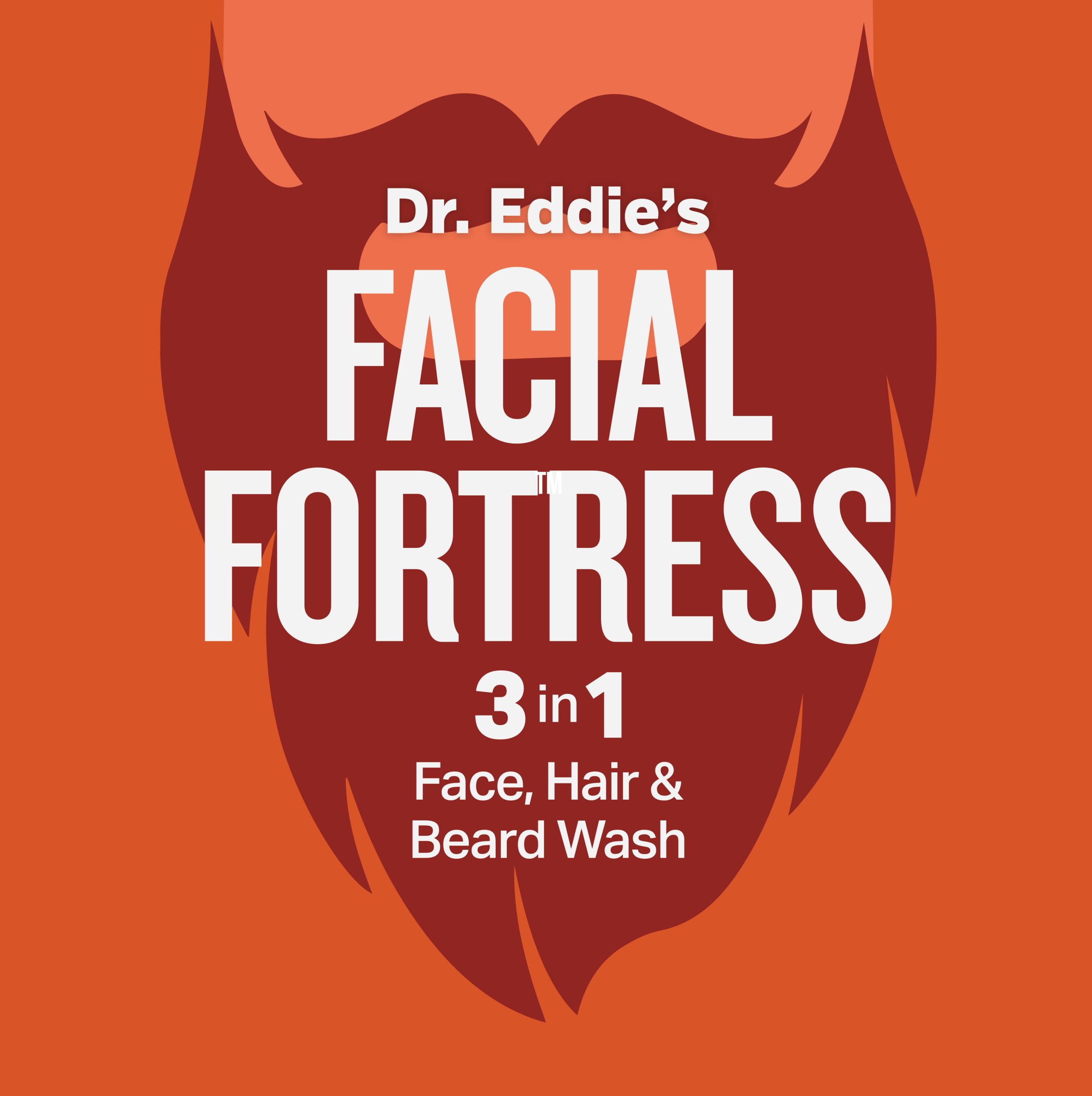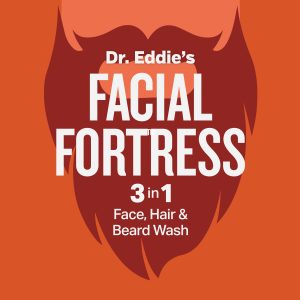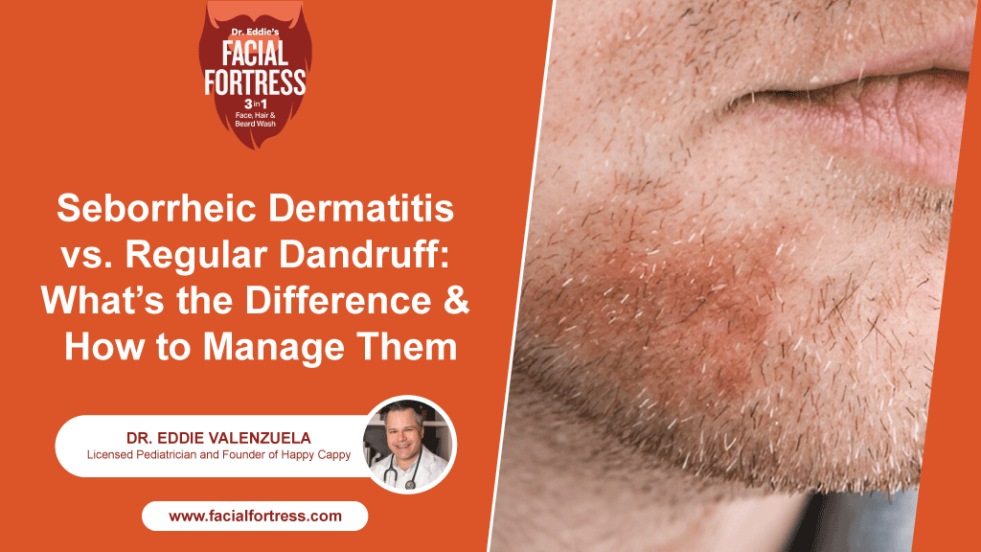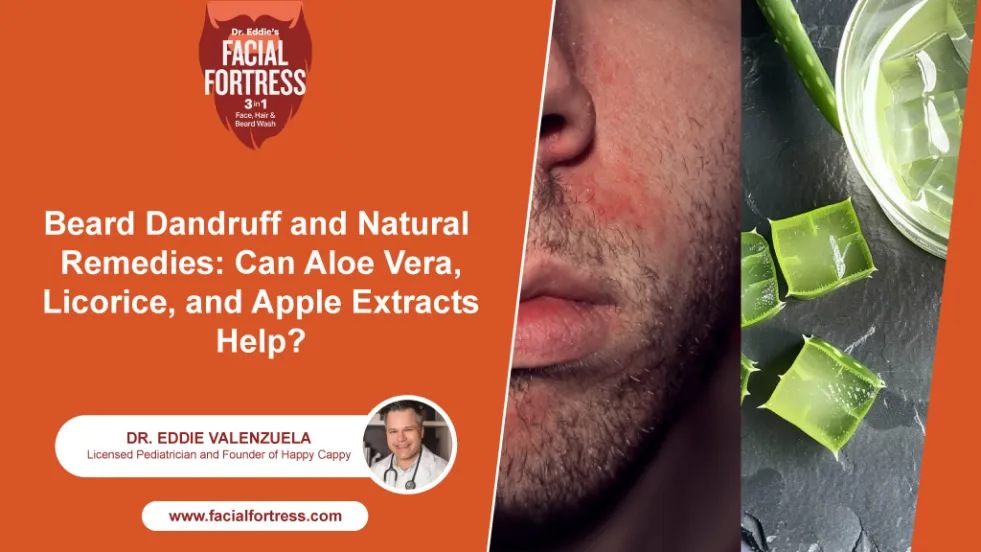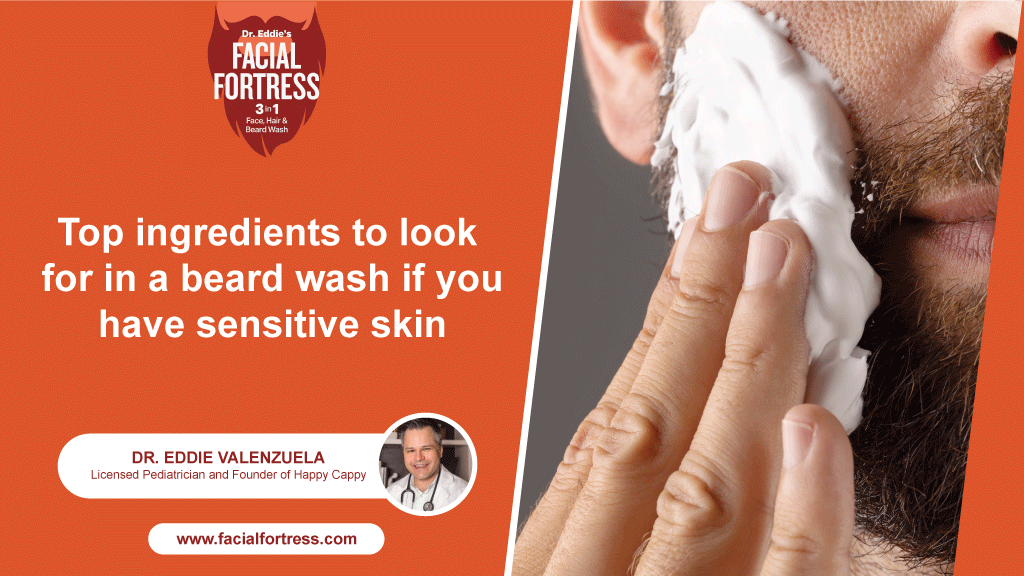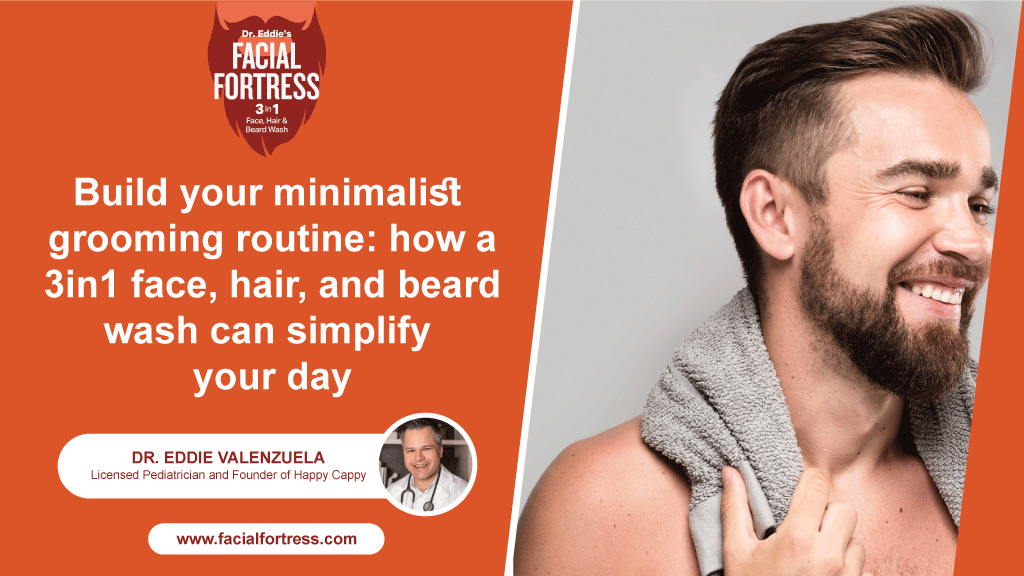Malassezia Yeast and Beard Seborrheic Dermatitis: A Complete Management Guide
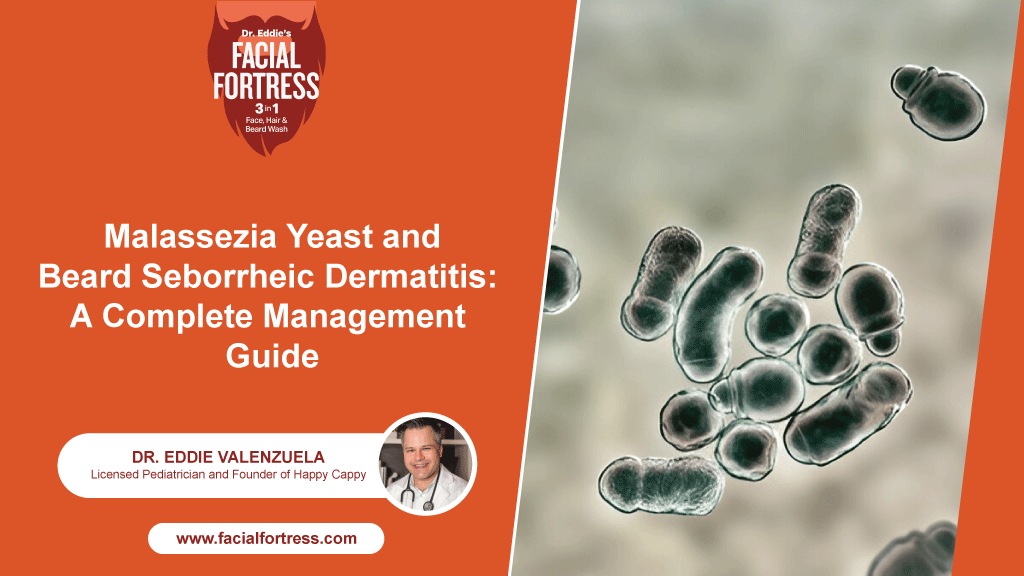
Seborrheic Dermatitis on the beard that leads to itching and flakes is common. However, other conditions, such as psoriasis, dandruff, and acne, can also cause flakiness.
So, what is the root cause of such skin conditions? What leads to scalp and beard dandruff, and what causes a flaky and itchy beard? Malassezia yeast is commonly associated with seborrheic dermatitis on the beard (often known as beard dandruff). But interestingly, this is naturally found on everyone’s skin. So, why doesn’t it lead to such conditions in all individuals? These are some questions that need to be answered, and of course, we have responded to them here. We recommend that you read this complete guide from start to end.
What Is Malassezia Yeast?
Malassezia is a genus of fungi, and it has 17 species. It is responsible for several kinds of skin conditions. It is naturally found on the skin and is a normal part of the skin’s microbiome.
This yeast can result in inflammation, allergic reactions in the body, and oily skin. But a question arises here: why does it not affect every individual then? And the answer is, it only causes issues when it overgrows.
It grows by budding after asexual production. Budding happens in yeast when the cytoplasm from a cell divides into two, and a part of the nucleus also joins the other cytoplasm, creating a new cell. Growth of Malassezia yeast on skin happens this way.
This yeast mostly lives in areas of the body where sebaceous glands are present and more active. The reason is that sebaceous glands produce sebum oil, which is important for our skin health, and this yeast feeds on that oil. That is why it is a suitable environment for the yeast to live in.
What Causes Malassezia Yeast Overgrowth?
The presence of yeast itself is not an issue, but its overgrowth leads to inflammatory reactions on the skin. So, what encourages its growth?
Well, a significant factor is the glands that are responsible for oil production in our skin. When sebaceous glands overactivate due to hormonal imbalance or any other reason, they start producing more oil. Plus, hormonal imbalance, hot and humid climate, excessive sweating, and oily skin can also create a perfect environment for the yeast to thrive. Thus, a favorable environment for the yeasts allows their overgrowth and regeneration.
Malassezia Yeast and Seborrheic Dermatitis
An important note is that beard dandruff is a commonly known term. However, medically, it is known as seborrheic dermatitis (SD) on the beard, as dandruff is a mild form of SD limited to just the scalp. But itching, irritation, inflammation, and patches on the beard are due to seborrhea.
But how does Malassezia actually cause SD? There is a specific type that leads to dandruff and seborrheic dermatitis, M. Globosa.
When sebaceous glands are overactive, it increases the growth of Malassezia. The yeast starts feeding on the oil and breaks it down into oleic acid. This causes an inflammatory response, which creates the symptoms of Seborrheic Dermatitis that are:
- Inflammation
- Itching
- Redness
- Irritation
- Yellowish and crusty flakes
- Oily and scaly patches
The inflammatory reactions result in itching and irritation. To remove oleic acid buildup, the skin cells’ renewal rate increases, which results in flaky buildup. The accumulation of dead skin cells, dust, and dirt particles leads to a flaky appearance and even greasy patches.
Some common myths about seborrheic dermatitis
Certain myths revolve around SD. People think that seborrheic dermatitis leads to hair loss. This is partially true. Seborrheic dermatitis does not directly lead to hair loss, but scratching due to itching can cause hair damage, which may result in temporary hair loss.
Another myth is that it is contagious. The truth is, this condition is not contagious. It cannot spread to other people by direct or indirect contact.
Another myth is that seborrhea can be removed by shaving hair from the beard. This is not true. To debunk this myth, you must know what causes this condition. The yeast leads to flakiness and scaly patches on the beard. So, shaving is not the solution. You need to address the root cause.
Managing Malassezia Yeast and Seborrheic Dermatitis

It is important to keep in mind that this condition cannot be treated permanently. Its symptoms can be managed, but they can recur anytime. It is more common in infants and adults aged 30 to 60 years old. There is no way to remove it permanently. However, the treatment methods and some preventive tips can help you manage symptoms and prevent flare-ups.
OTC and Prescription Options
Several OTC products are available for soothing the beard. Such as
- Anti-Dandruff Shampoos:
The best way to treat a mild form of seborrheic dermatitis is to use an anti-dandruff or anti-seborrheic dermatitis shampoo, once daily or 2 to 3 times a week. However, most of the shampoos with the label of anti-dandruff can contain fragrance or irritants.
That is why we recommend choosing a medicated wash by Facial Fortress. This is a 3-in-1 wash for face, skin, and beard. It not only helps reduce irritation, redness, and itching associated with seborrhea but also helps soften the beard.
- Antifungal Shampoo and Cream:
For the mild to moderate forms of seborrheic dermatitis, the doctor may prescribe the use of products such as shampoos and creams with ketoconazole. These reduce the growth of Malassezia yeast, which helps reduce the scaling, itching, and inflammation in the beard.
- Anti-Inflammatory Creams:
For severe itching and irritation, low-potency corticosteroid creams or lotions are prescribed. And for those who prefer non-steroid options, then alternatives like tacrolimus or pimecrolimus can calm redness, itching, and irritation.
Because the right treatment depends on severity and individual skin type, it’s best to consult a dermatologist to determine the most effective plan for you.
Doctor-Created Wash for Seborrheic Dermatitis Symptoms
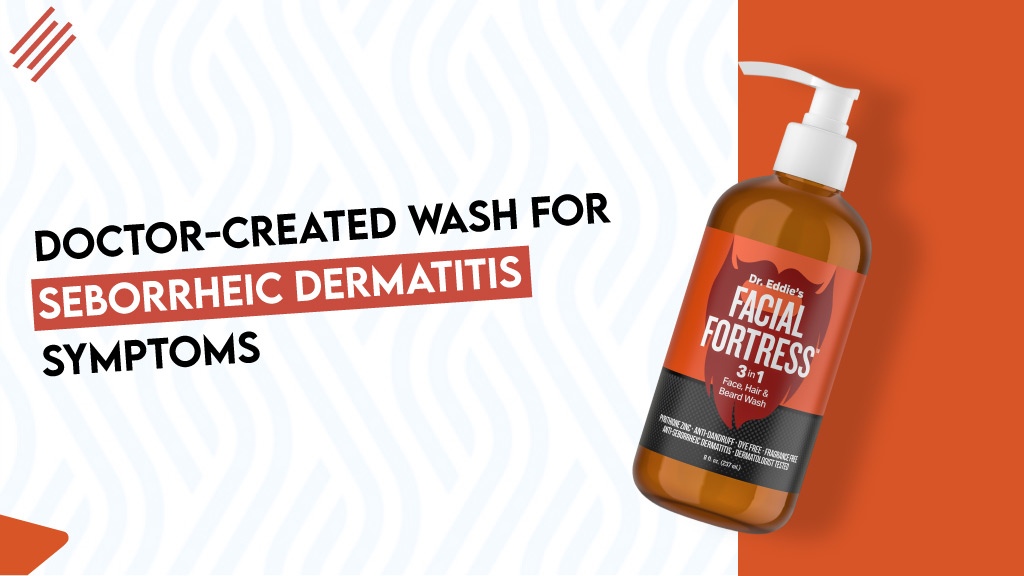
What if we tell you that there is a shampoo that can help control malassezia overgrowth, but can also:
- Reduce irritation
- Soothe itchy and dry skin
- Soften your beard
- And does not contain harsh chemicals
For dandruff linked to Malassezia yeast, Dr. Eddie’s 3-in-1 Medicated Wash is a safe and effective option. It can be used on the scalp to help manage flakes or on the beard to relieve itching and irritation from seborrheic dermatitis. This versatile wash not only cleanses but also soothes and moisturizes the skin, supporting overall scalp and beard health. Its active ingredient, pyrithione zinc, is clinically proven to reduce flaking and calm irritation, and is widely used in leading anti-dandruff shampoos.
Preventing Malassezia Yeast Overgrowth
Treating seborrheic dermatitis is only part of the solution. Prevention plays a big role in keeping symptoms under control and reducing flare-ups. While the condition is usually not severe, daily habits can help protect the skin, reduce yeast overgrowth, and minimize irritation.
Here are practical ways to prevent Malassezia overgrowth and manage dandruff and seborrheic dermatitis:
1. Maintain Good Hygiene
Poor hygiene does not cause seborrheic dermatitis, but consistent cleansing helps control oil, flakes, and irritation.
- Wash your skin and scalp regularly to remove excess sebum and loosen flakes.
- For beards, if the skin feels dry, washing two to three times a week may be enough.
- Always follow with a moisturizer, such as Dermal Defense’s eczema moisturizing cream, to replenish hydration.
- Regular cleansing also makes flakes easier to remove after bathing.
2. Use a Comb or Beard Brush
Combing doesn’t stop yeast growth directly, but it prevents visible flake buildup that can fall on your clothes and cause embarrassment.
- Use a comb with soft bristles or a dedicated beard brush.
- Apply a beard oil or moisturizer before combing to detangle and soften hair.
- Regular grooming keeps your beard neat and helps remove loose flakes.
3. Protect Against Environmental Triggers
Both hot and cold weather can worsen seborrheic dermatitis:
- Hot, humid environments encourage yeast growth and sweating, which may trigger flare-ups.
- Cold, dry weather can damage the skin barrier, leading to cracked skin and powdery flakes.
Solution: Moisturize regularly to keep the skin barrier strong. If you notice severe dryness or bleeding, seek medical care.
4. Manage Stress
Stress is a well-known trigger for dandruff and seborrheic dermatitis. It disrupts immune function and weakens the skin barrier, making flare-ups more likely.
Tips to reduce stress:
- Practice mindfulness, prayer, or meditation.
- Exercise regularly.
- Get consistent, high-quality sleep.
- Avoid smoking, alcohol, and recreational drugs.
- Stay connected with supportive friends and family.
- If stress feels unmanageable, consult a mental health professional.
Conclusion
Malassezia yeast, particularly M. globosa, plays a key role in seborrheic dermatitis, including beard dandruff. The right routine can help prevent flare-ups, while treatments like Facial Fortress 3-in-1 Medicated Wash for the face, beard, and scalp provide targeted relief from flakes, itching, and irritation.
By combining treatment and prevention, you can keep symptoms under control and maintain healthier skin.
Recent Post
Frequently Asked Questions
Can Malassezia yeast spread from the beard to the scalp?
Is Malassezia yeast on skin contagious?
How long does Malassezia yeast treatment take?
Can you cure Malassezia yeast on the skin permanently?
- Seborrheic Dermatitis vs. Regular Dandruff: What’s the Difference and How to Manage Them - November 17, 2025
- Beard Dandruff and Natural Remedies: Can Aloe Vera, Licorice, and Apple Extracts Help - November 17, 2025
- Top Ingredients to Look For in a Beard Wash If You Have Sensitive Skin - November 12, 2025
